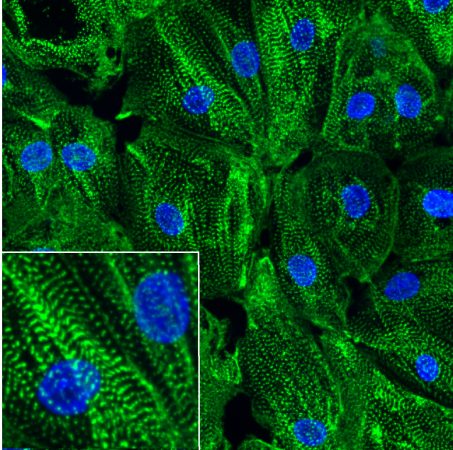Editor’s note: Just days prior to publishing this story, Frank Milligan passed away on what would have been his 95th birthday. The U of T Engineering community mourns this substantial loss. He would have been delighted to meet and hear from this year’s 2020 Fellows. Read more about the Tribute Campaign: In Honour & In Memory recognizing the legacy of Frank Milligan.
This story is featured in the new issue of Collective Impact, sent digitally to all U of T Engineering alumni.
For more than a decade, alumnus Frank Milligan (MechE 4T8) and his wife, Barbara, have generously supported biomedical engineering research at the Faculty of Applied Science & Engineering by way of the Barbara and Frank Milligan Graduate Fellowship, which are awarded annually from the Department of Mechanical & Industrial Engineering (MIE) and the Institute of Biomedical Engineering (BME) to students pursuing graduate work in biomedical engineering.
The Milligan Graduate Fellowships are instrumental in fostering students’ curiosity and entrepreneurial spirit, leading to groundbreaking research and launching their careers. The Milligans’ keen interest in helping the next generation of researchers, innovators and engineers advance the frontiers of biomedical research, and translate that research into useful technology, is inspirational.
“The Milligans’ contribution has been critical to many of the engineering and scientific advances in the Institute,” says Warren Chan, director and professor of BME. “The contribution has left a significant footprint in the field of biomedical engineering for many years to come. More importantly, the Milligans’ contribution has allowed our students to focus on education and developing new technologies to better themselves and society.”
Despite COVID-19 and the immense challenges it has brought to society, students are still working hard by going into laboratories and clinics. The support of the Barbara and Frank Milligan Graduate Fellowships is more important now than ever, shared Markus Bussmann, chair and professor of MIE.
“The Fellowships benefit the students who are training with us,” Bussmann says. “But especially in a year when our healthcare system is so often in the news, I think it is important to recognize that ultimately the Milligans’ generosity will extend way beyond these students, to the many Canadians who will benefit from our students’ research, and from what these young people will go on to do and become. The Milligans are building a lasting legacy that will extend many, many years into the future, as Milligan Fellows go on to careers in academia, industry and government, building on the education and training that they received while at U of T.”
See below two MIE projects selected from this year’s Barbara and Frank Milligan Graduate Fellowship recipients and a snapshot of their innovative research. View the projects from across the Faculty in the full article.
Wenkun Dou (MIE PhD candidate) is a mechanical engineering PhD student who is working under the supervision of Professor Yu Sun (MIE, BME) in the Advanced Micro and Nanosystems Laboratory.
His current research focuses on developing microdevice platforms and integrating them with on-chip biosensors in order to measure cardiac contractility and electrophysiology. Through his research, Dou plans to create in vitro cardiac tissue models and screen compounds and new drugs for cardiac therapy development.

Lucas Temor (1T9 MIE, MASc candidate) is working in the Biomedical Simulation Lab under the supervision of Professor David Steinman (MIE, BME), designing and evaluating audiovisual representations of data from patient-specific blood flow simulations. His research focuses on understanding how to best design representations to offer an augmentation to existing clinical workflows.
This research space straddles the conventional boundaries of mechanical, industrial and biomedical engineering. Temor strives to supplement his understanding of traditional engineering design with influences from visual art, music and perceptual psychology, all in a push towards bridging the gap between engineering research and the clinic.

– This story was originally published on the University of Toronto’s Faculty of Applied Science and Engineering News Site on October 26, 2020 by Jamie Hunter